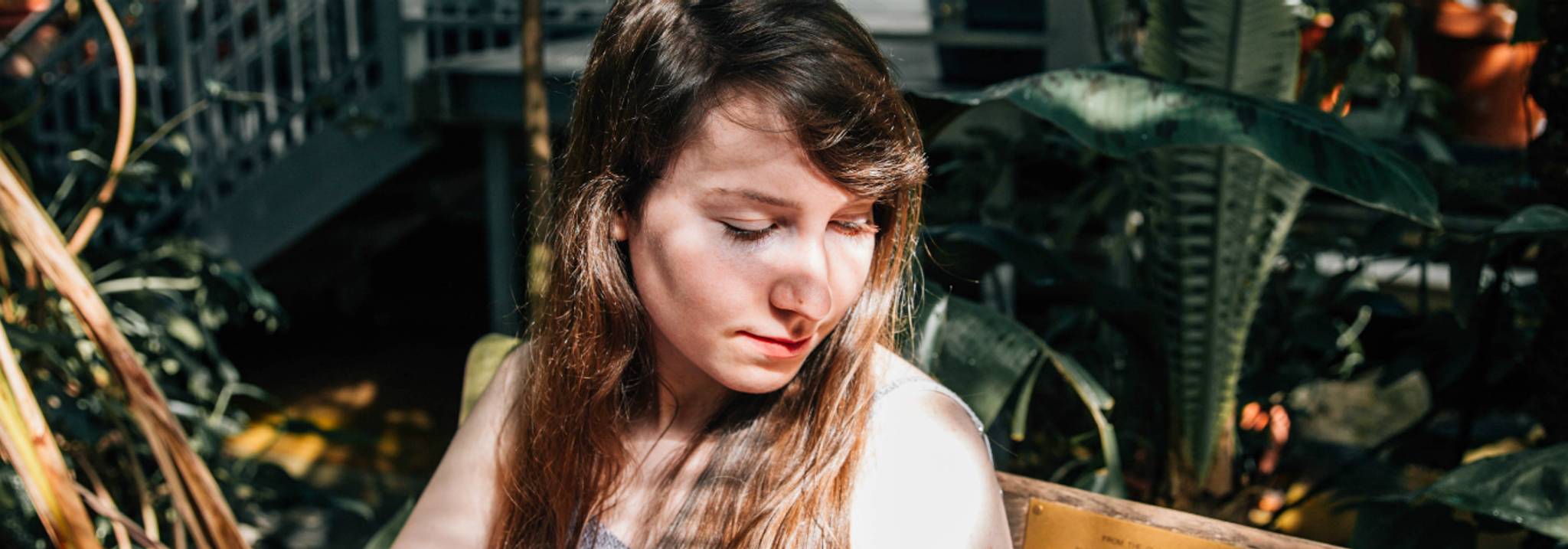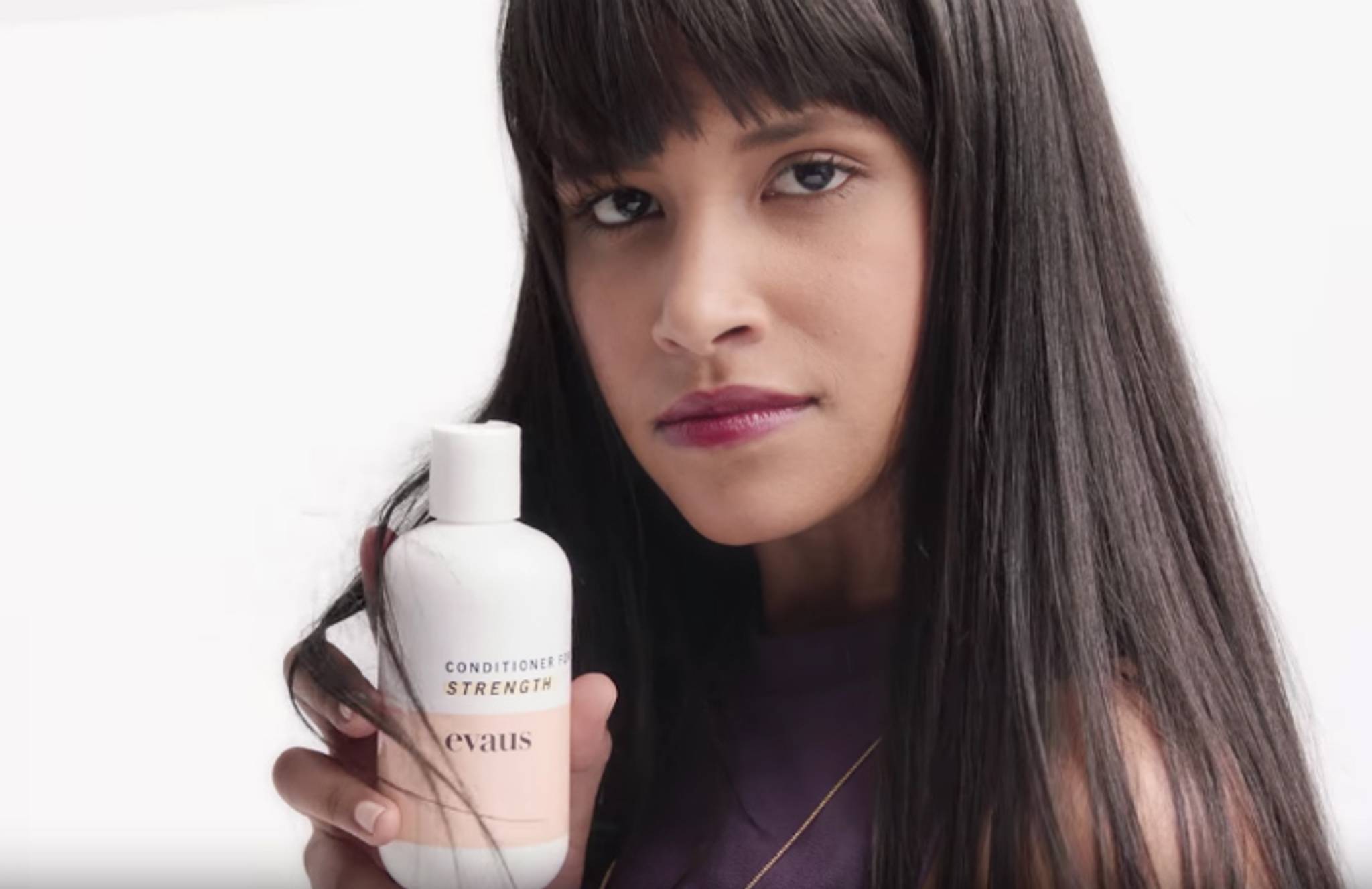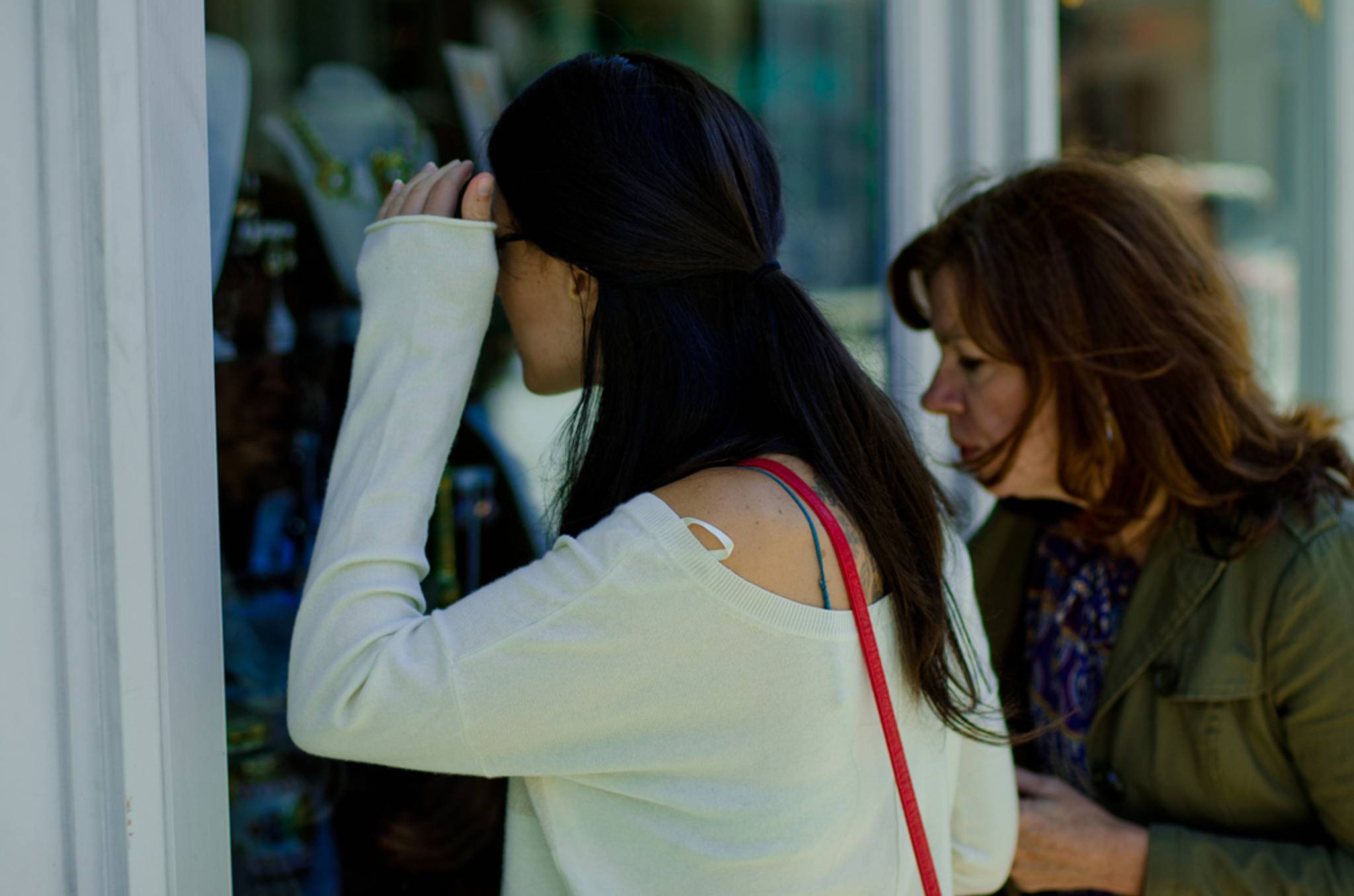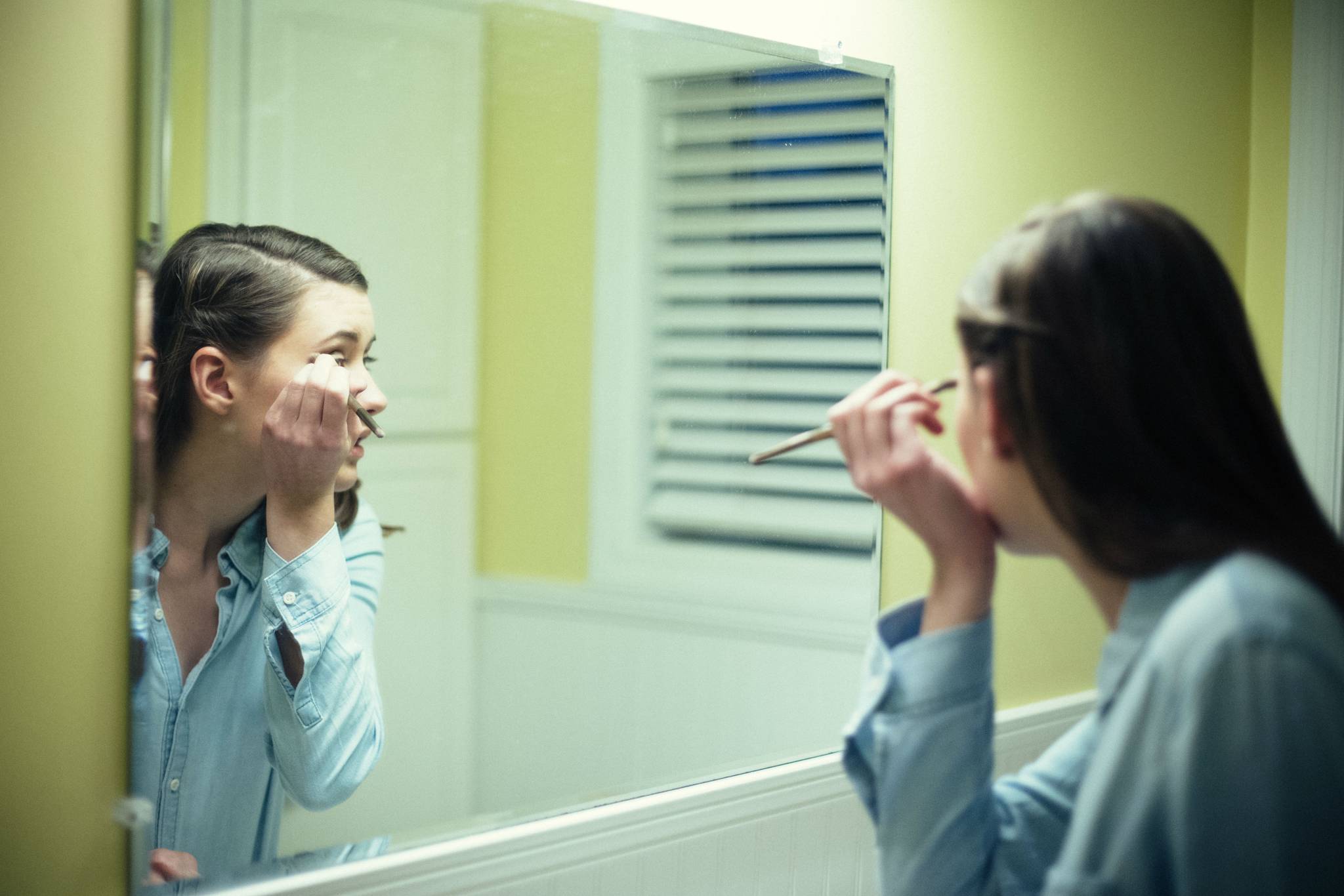
Brandless sells basic household products – from soap to peanut butter to can openers – with every item available for a flat rate of $3. By embracing minimalist packaging, Brandless is able to commandeer a high-end aesthetic while keeping its price point low. We explore the insights behind why this digital retailer has opted for minimalism and explore why dropping traditional branding altogether can sometimes be good for business.
Brandless is an online retailer that strips away the added costs associated with branding, instead offering the bare essentials for a fixed price of $3 apiece. The retailer keeps both its style and content minimal, with a stocklist of a couple of hundred items, and labels that plainly describe its products and list the ingredients. By cutting traditional costs – from complex packaging to middleman distributors – Brandless is able to sell its wares for an average of 40% less than comparable goods.
“Package design is the dark horse of the marketing world,” says Ben Schubert, who co-authored a Nielsen study into how packaging influences purchases. “It receives little attention compared to other marketing disciplines, and its impact tends to be vastly underestimated.“ Far from neglecting branding in its own brand identity, Brandless has actively embraced the idea that ‘no-name’ products can be just as good as their branded – and more expensive – counterparts.
Along with the invention of platforms like Beauty Pie, Brandless is part of a push for people to associate no-name products with good value, rather than low quality. This has become so pronounced that the unbranded look has almost become a brand in itself. It’s helped by the fact that the aesthetic of Brandless – with its simple, bright colours and stark packaging – bears a close resemblance to the minimalist aesthetic favoured by many luxury or design-conscious brands (think Muji or COS). It's a look that 70% of women find more trustworthy than value options, meaning Brandless can appeal to the conscious desire to save cash, as well as the unconscious inclination towards sleek, Instagrammable packaging.
Mira Kopolovic is a behavioural analyst at Canvas8, which specialises in behavioural insights and consumer research. She has an MA in creative industries, which focused on artist-brand collaborations, and spends her spare time poring over dystopian literature.



